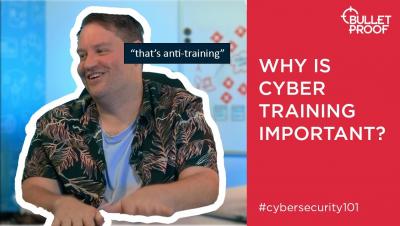Security | Threat Detection | Cyberattacks | DevSecOps | Compliance
Training
Introduction to SecurityCoach
Prevent OWASP Top 10 vulns with new Snyk Learn learning path
The holidays are over but the gifts keep coming! Introducing Snyk Learn learning paths! Our free developer-security education offering just got better! Snyk Learn provides free, high-quality education to developers created by security experts. We know it’s cold outside. We also know that we might be a little slow out the gate after the holidays. Emails? No more inbox 0. Slack messages? Too many to count.
Continuous Improvement: Security Training Edition!
Why is security training important? Cybersecurity 101
Five reasons why Cybersecurity training is important in 2023
The content of this post is solely the responsibility of the author. AT&T does not adopt or endorse any of the views, positions, or information provided by the author in this article. The digital world is ever-expanding in scope and influence, both in personal and professional matters. In the last few years, business operations have become increasingly dependent on technology, and on employees to use that technology safely.
The Value of Cybersecurity Professional Services for Organizations
Cybersecurity is a trending topic among boards and executives. Yet, many organizations need more technical capabilities to prepare and respond effectively to cyber incidents and regulatory requirements. Let’s explore what cybersecurity professional services really are and how they can help take an organization’s security to the next level.
Security Awareness Training for Employees - Tips to Protect Your Staff At Co-Working Spaces
3 tips for effective developer security training
“This is the golden era of application security,” says Founder of Manicode Security and secure coding trainer Jim Manico on episode 26 of The Secure Developer podcast. Ten years ago, Manico says, security training was “a quirky thing to do — something to do on the side.” Now, assessment tools are mature, good literature on assessment makes knowledge more accessible, and a wide range of intelligent people are building secure applications.
Building a Cybersecurity Training Program: What you need to know
Every security framework recommends that an organization has a cybersecurity training program for all employees, but few give much guidance about what the program should contain. What do you train them on? What actually works? Other than checking a box on the compliance forms, are these programs useful?











